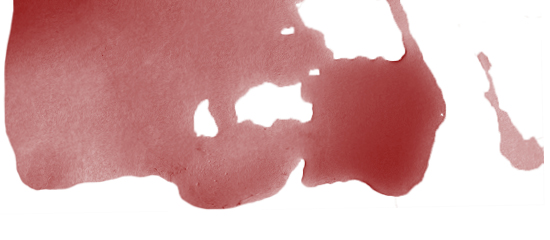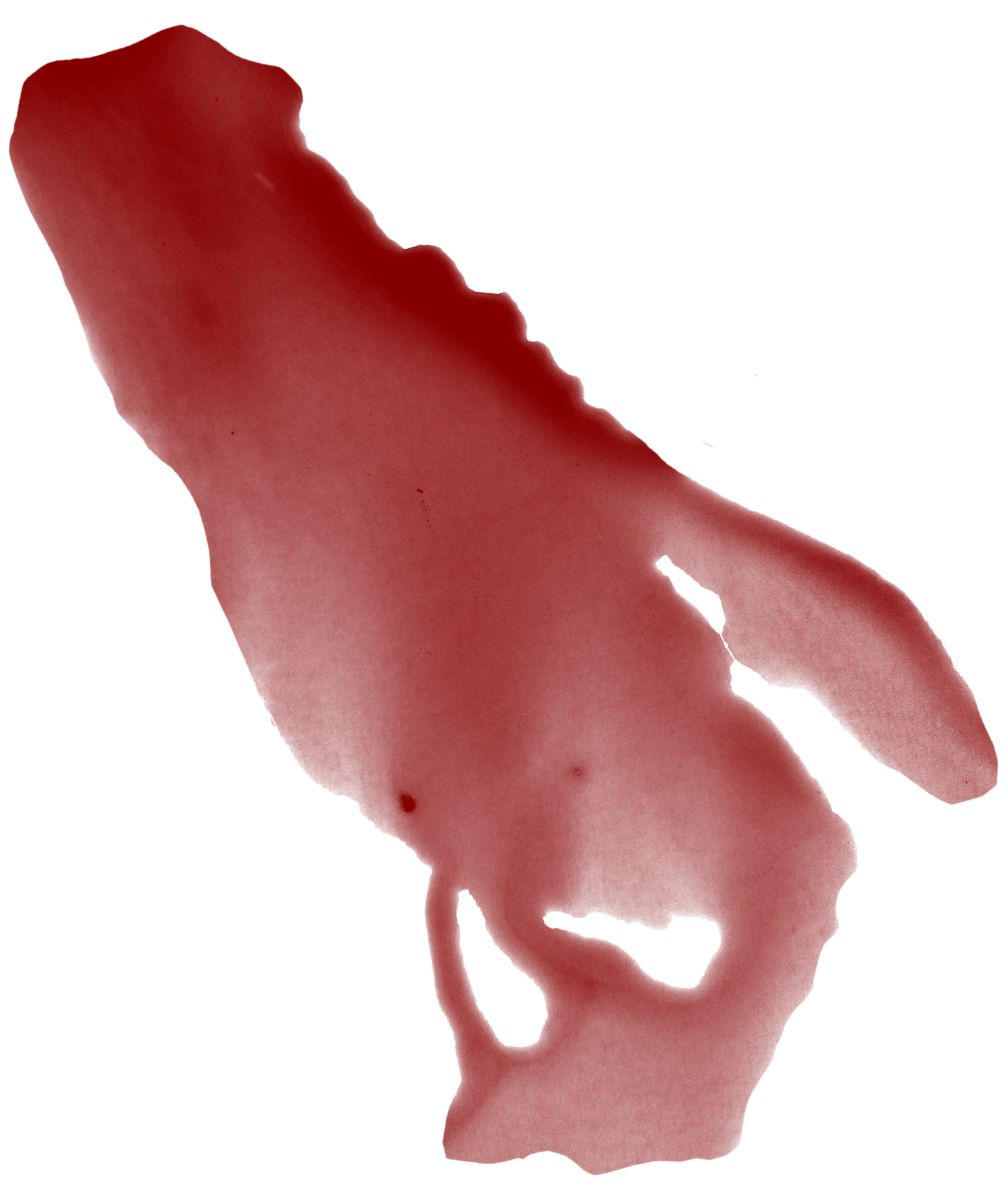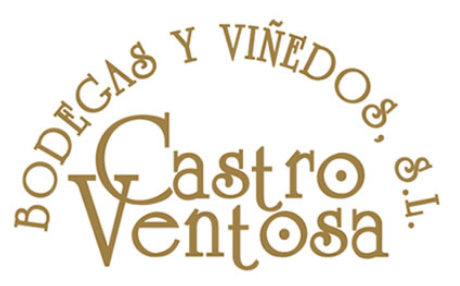


Castro Ventosa
About Castro Ventosa
Castro Ventosa was founded by the Perez family in 1752 and the family owns the estate ever since. The Perez family owns 75 hectares of Mencía vineyards in Bierzo making them the biggest owners of this varietal within the Bierzo D.O. The Bierzo D.O. is located in the northwest of the Province of Castilla y León, just above Portugal. Bierzo is a small wine region in the Northwestern “shoulder” of Spain, not far across the national border from Portugal’s Tras-os-Montes, north of the Douro. It’s another of those wine places that you may not have heard of … yet. But there’s a good chance that you’ll be hearing a lot more about Bierzo – and the Mencia grape – before very long, as some very serious players in the Spanish wine industry are hard at work there. Bierzo is in a small valley surrounded by mountains. This exceptional geographical position gives the area a specific microclimate. The low altitude prevents frost in winter and the warm summer months provide ideal conditions to grow exceptional vines. The soil is a mixture of quartzite and slate.
Castilla was one of the original Spanish regions to unite against the Moors in the Middle Ages and thus became the north-west stronghold for the Catholics. The region has a great historical past with many remains that testify of its rich history. Mencia is the grape, an indigenous red variety of Northwestern Spain that was once thought to be a cousin of Cabernet Franc.
It long had a lackluster reputation as the source of lightweight wines, but recent hillside plantings and serious vineyard management have demolished that myth, and DNA testing has ruled out the Cab Franc connection.
The winery is situated in the village of Valtuille de Abajo at the foot of the slope of the Castro, the ruin of an ancient Roman fort that dominates the village of Valtuille de Abajo.
Some of Castro Ventosa’s vineyards are planted on that same hill just around the ruins, the name Castro Ventosa means “The Windy Castle”.
At Castro Ventosa making high quality wine begins in the vineyard itself, where the best conditions must be present while taking great care to ensure that the entire natural cycle is well completed. It is crucial to monitor the vineyards closely in order to choose the right moment for the harvest to take place; this is when the grapes have reached their optimum maturity. The fruits are then harvested by hand and sorted in the vineyard.

